The Mitsubishi F-2, often overshadowed by its more famous cousins in the world of fighter jets, is a marvel of modern engineering and a symbol of Japan’s cutting-edge defense capabilities. Designed specifically to address the unique needs of Japan’s Self-Defense Forces, the F-2 is a formidable ship-hunting fighter that plays a critical role in maintaining the security of the island nation. With its sleek design, advanced avionics, and deadly arsenal, the F-2 stands as a testament to Japan’s commitment to protecting its waters and asserting its sovereignty.
A Collaboration with a Purpose
The Mitsubishi F-2 is not just a product of Japanese ingenuity but also a result of a close collaboration between Japan and the United States. Developed as a joint project between Mitsubishi Heavy Industries and Lockheed Martin, the F-2 is often described as a derivative of the F-16 Fighting Falcon. However, this description only scratches the surface of what makes the F-2 unique.
While it shares some design elements with the F-16, the F-2 is a distinct aircraft with significant modifications tailored to meet Japan’s specific defense needs. One of the key differences is its size; the F-2 is larger, with a wingspan about 25% greater than that of the F-16. This increase in size allows the F-2 to carry a larger payload, making it an ideal platform for anti-ship missions.
The collaboration between Japan and the United States on the F-2 project highlights the strategic partnership between the two nations. The F-2 benefits from American expertise in fighter jet design while incorporating Japanese technology and specifications to create an aircraft perfectly suited for Japan’s maritime defense strategy.
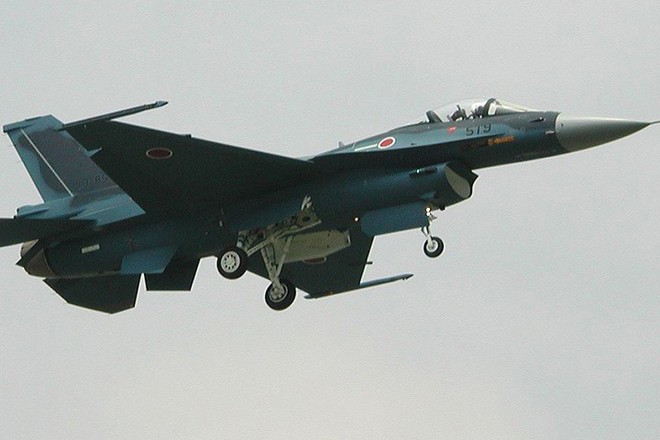
Advanced Avionics and Radar Systems
One of the standout features of the Mitsubishi F-2 is its advanced avionics and radar systems, which are crucial for its role as a ship-hunting fighter. The F-2 is equipped with an advanced active electronically scanned array (AESA) radar, one of the first fighter jets in the world to incorporate this technology. The AESA radar allows the F-2 to detect and track multiple targets simultaneously, even in the challenging maritime environment where stealthy ships can be difficult to spot.
This radar system gives the F-2 a significant advantage in detecting enemy vessels from long distances, allowing it to engage targets with precision-guided munitions before they can pose a threat. The F-2’s avionics suite also includes sophisticated electronic warfare systems that enhance its survivability in contested environments, making it a formidable opponent for any adversary.
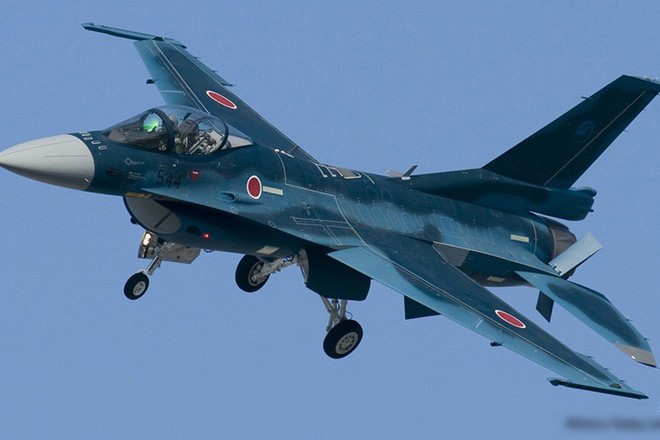
A Lethal Arsenal
The Mitsubishi F-2’s primary mission is anti-ship warfare, and it is armed to the teeth for this purpose. The aircraft can carry a variety of air-to-surface and air-to-air missiles, but its most feared weapon is the ASM-3 anti-ship missile. Developed by Japan, the ASM-3 is a supersonic missile designed to penetrate modern naval defenses and deliver a devastating blow to enemy warships.
With a range of over 200 kilometers and the ability to travel at speeds exceeding Mach 3, the ASM-3 missile is a formidable weapon that significantly enhances the F-2’s ship-hunting capabilities. The missile’s speed and agility make it difficult for enemy ships to intercept, while its advanced guidance system ensures pinpoint accuracy even in the most challenging conditions.
In addition to the ASM-3, the F-2 can also be armed with other missiles, bombs, and even anti-submarine torpedoes, making it a versatile platform capable of taking on a wide range of maritime threats. The aircraft’s ability to carry a diverse array of weapons ensures that it can adapt to different mission requirements, from striking enemy ships to providing air cover for naval operations.
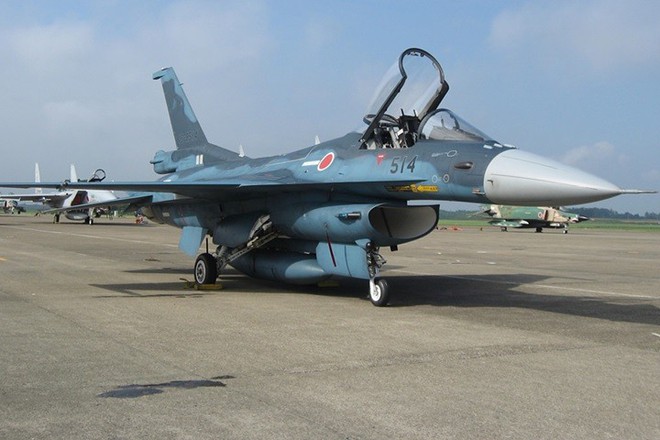
Stealth and Survivability
While the F-2 is not a stealth aircraft in the traditional sense, it incorporates several design features that enhance its survivability in combat. The aircraft’s airframe is built with composite materials that reduce its radar cross-section, making it harder for enemy radar systems to detect. Additionally, the F-2’s electronic warfare suite is designed to jam enemy radar and communications, further reducing the likelihood of detection.
The F-2 also features advanced infrared countermeasures and flares to protect against heat-seeking missiles. These defensive systems, combined with the aircraft’s agility and speed, make the F-2 a difficult target to engage. In a dogfight, the F-2’s maneuverability and cutting-edge avionics give it a fighting chance against even the most advanced adversaries.
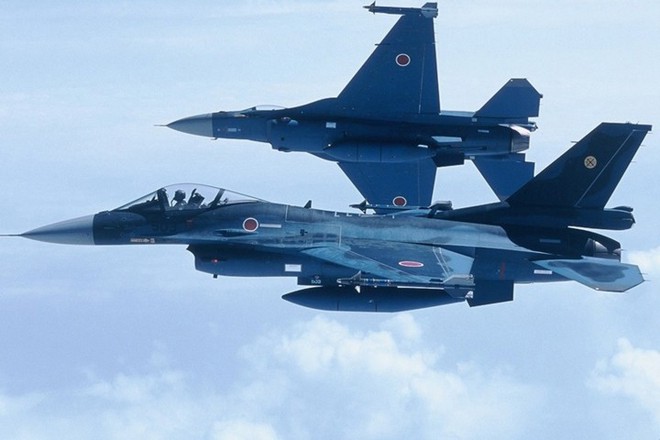
A Critical Role in Japan’s Defense
The Mitsubishi F-2 plays a vital role in Japan’s defense strategy, particularly in the context of the country’s maritime security. As an island nation, Japan relies heavily on its naval forces to protect its territorial waters and maintain freedom of navigation in the region. The F-2’s ship-hunting capabilities make it a key asset in deterring potential threats from hostile naval forces.
In recent years, Japan has faced increasing challenges in the East China Sea and the broader Asia-Pacific region, where territorial disputes and growing military presence by neighboring countries have heightened tensions. The F-2, with its advanced radar systems, lethal anti-ship missiles, and enhanced survivability, provides Japan with a powerful tool to assert its sovereignty and protect its interests.
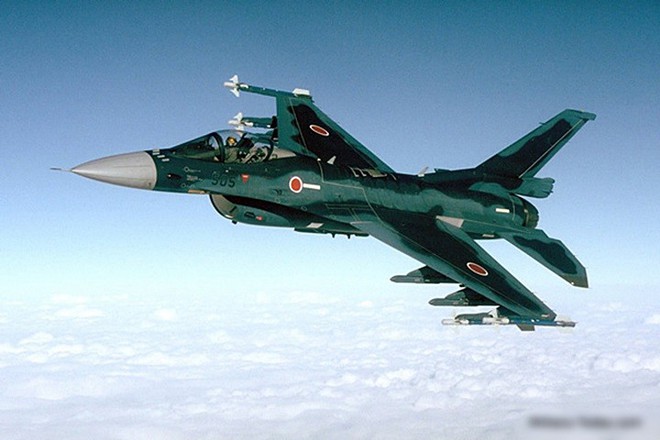
Conclusion: A Symbol of Japan’s Defense Prowess
The Mitsubishi F-2 is more than just a fighter jet; it is a symbol of Japan’s technological prowess and its commitment to defending its shores. With its advanced radar systems, lethal weapons, and versatile capabilities, the F-2 is a critical component of Japan’s defense strategy, particularly in the maritime domain.
As Japan continues to navigate a complex security environment, the F-2 remains a key asset in ensuring that the country is prepared to meet any challenge that may arise. Its close-up reveals not just an aircraft, but a powerful statement of Japan’s determination to protect its sovereignty and maintain peace in the region.





